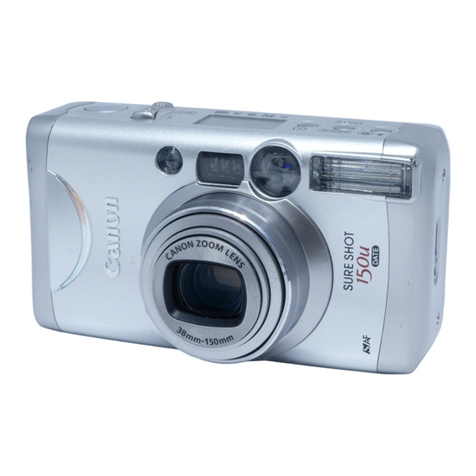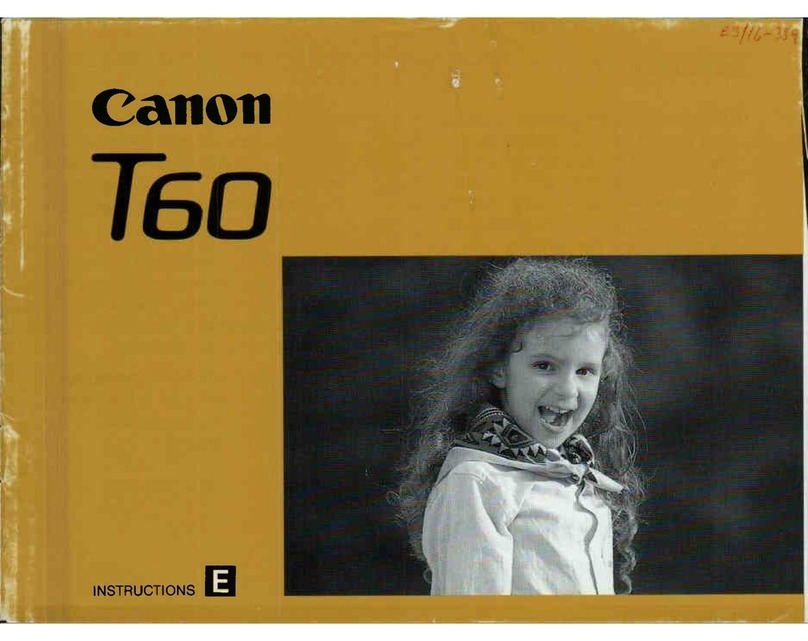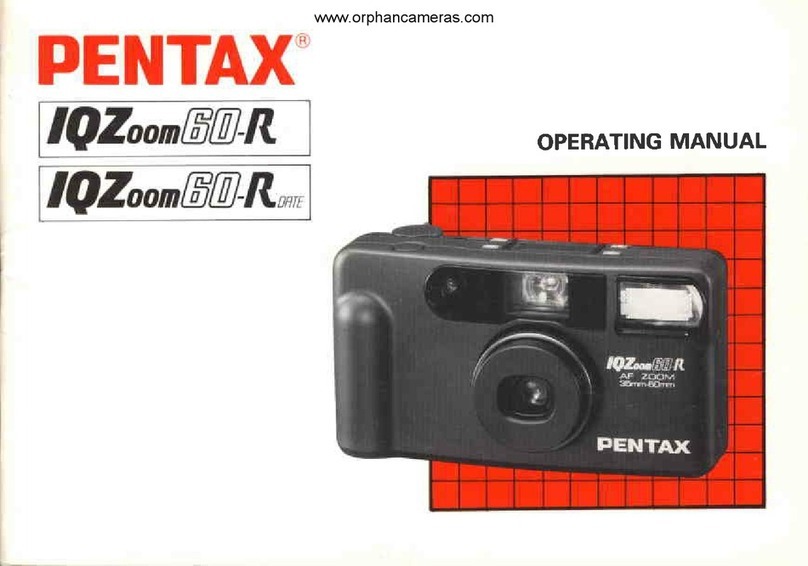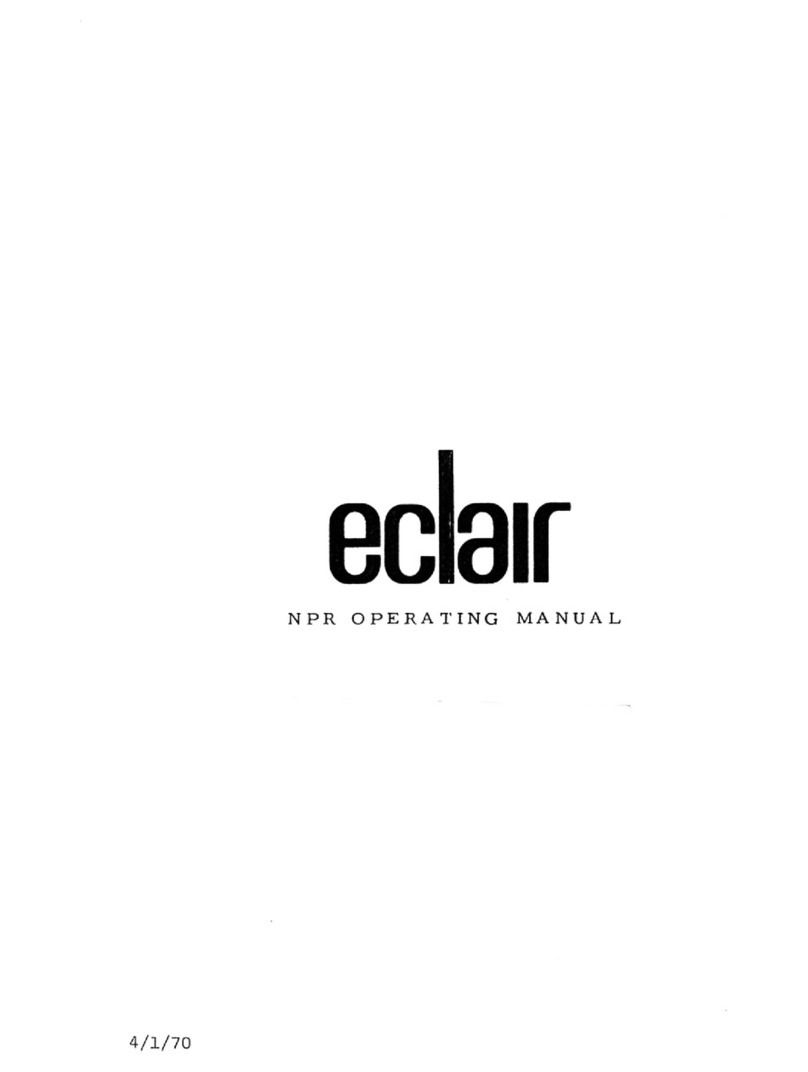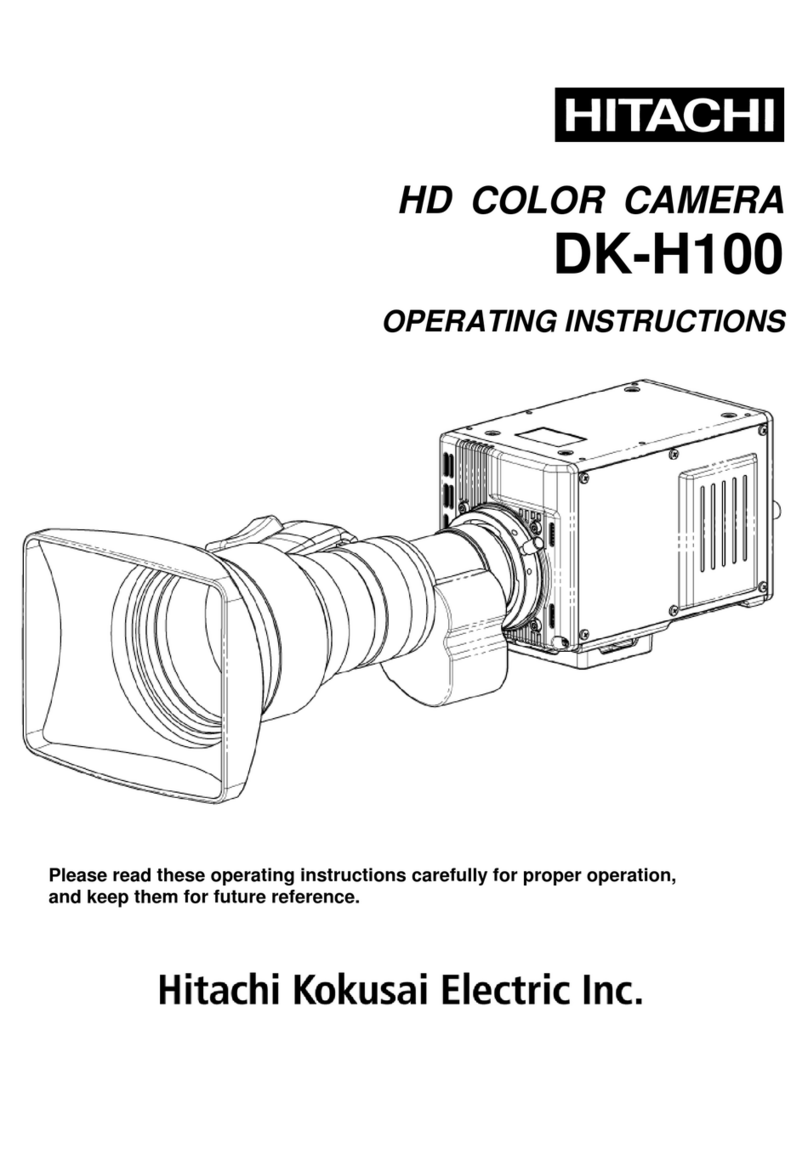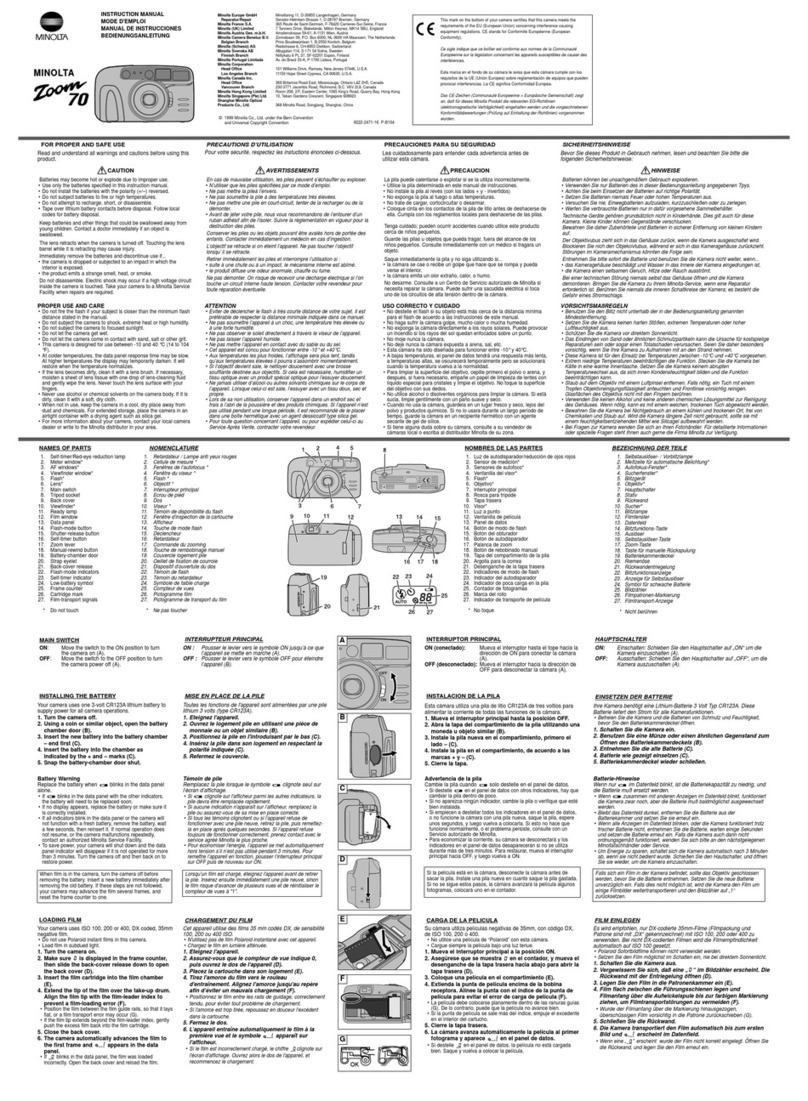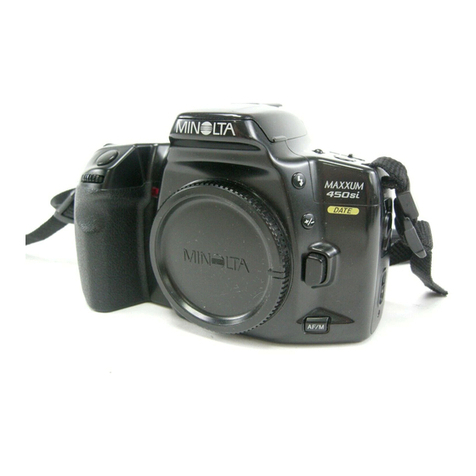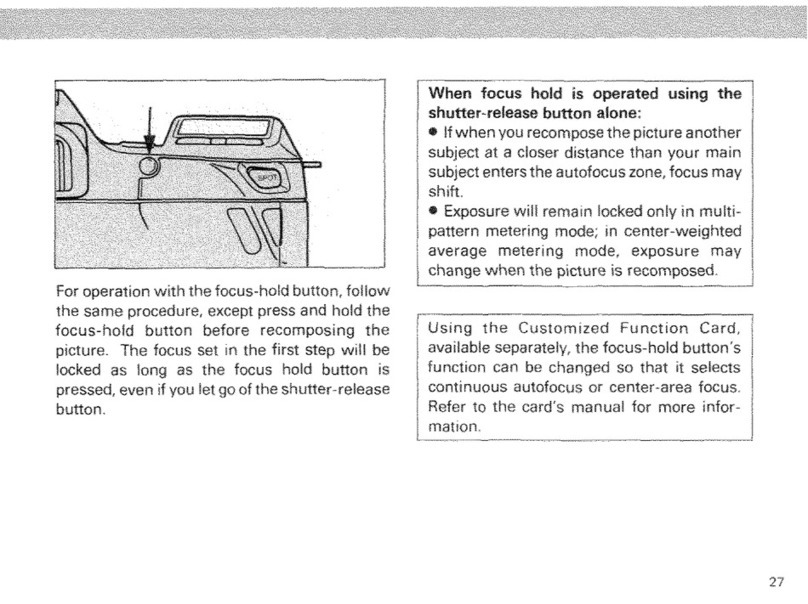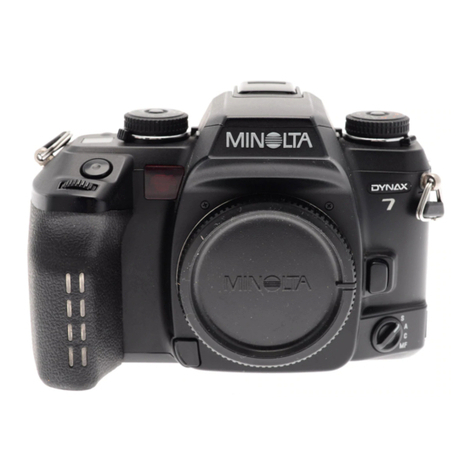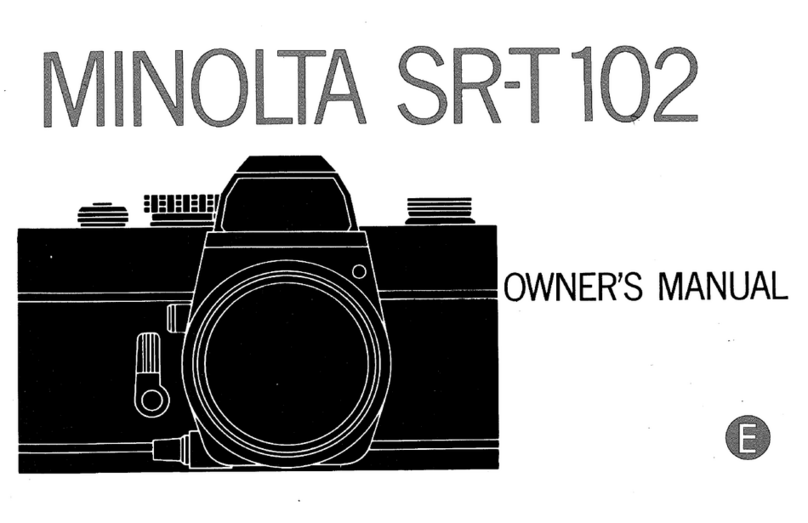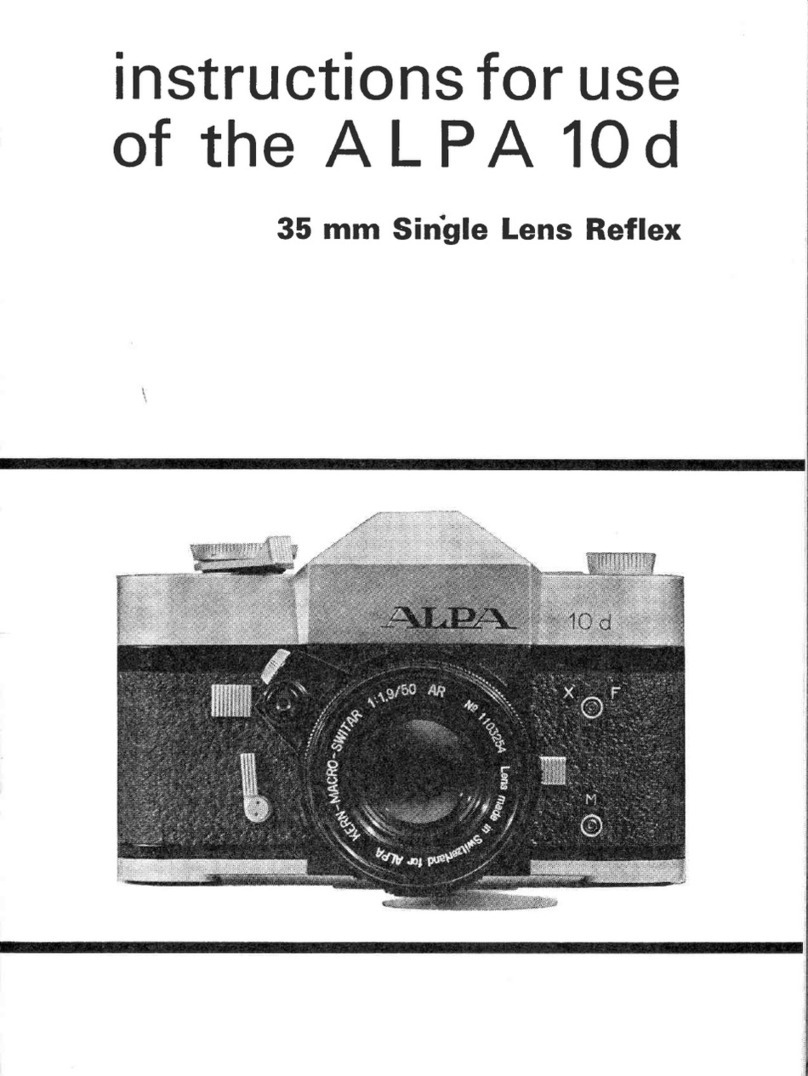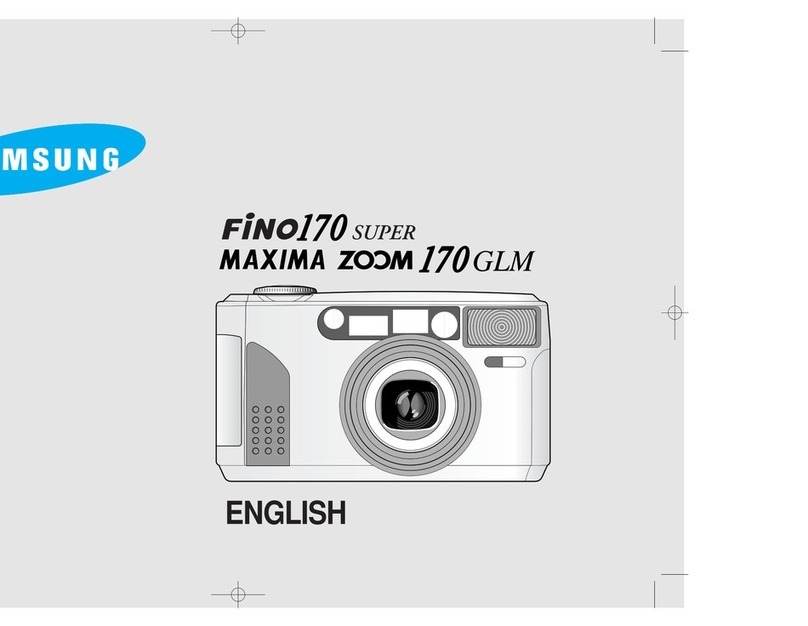Canon VI-L User manual
Other Canon Film Camera manuals

Canon
Canon Photura User manual
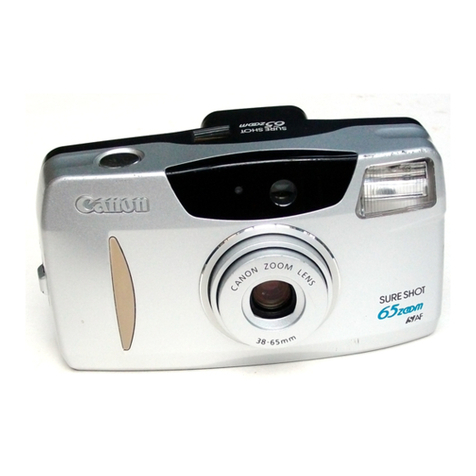
Canon
Canon Sure shot 65 zoom User manual
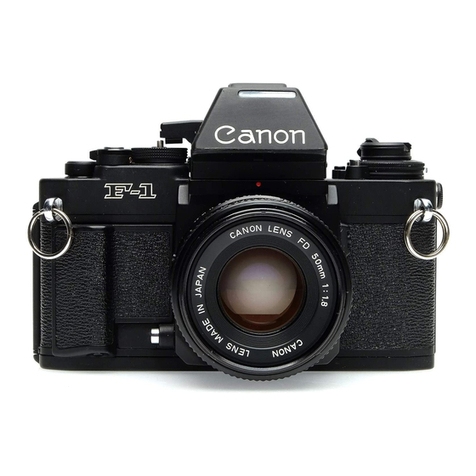
Canon
Canon F-1 User manual
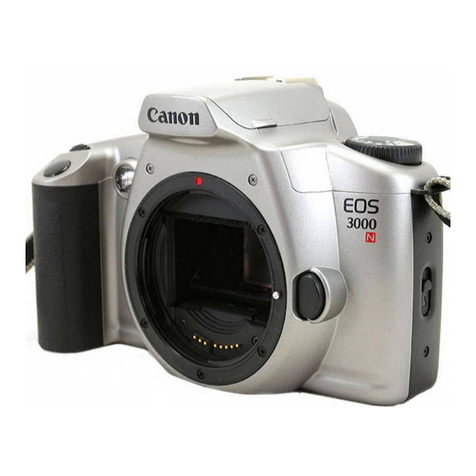
Canon
Canon 8675A001 - EOS Rebel GII SLR Camera User manual

Canon
Canon AV-1 User manual
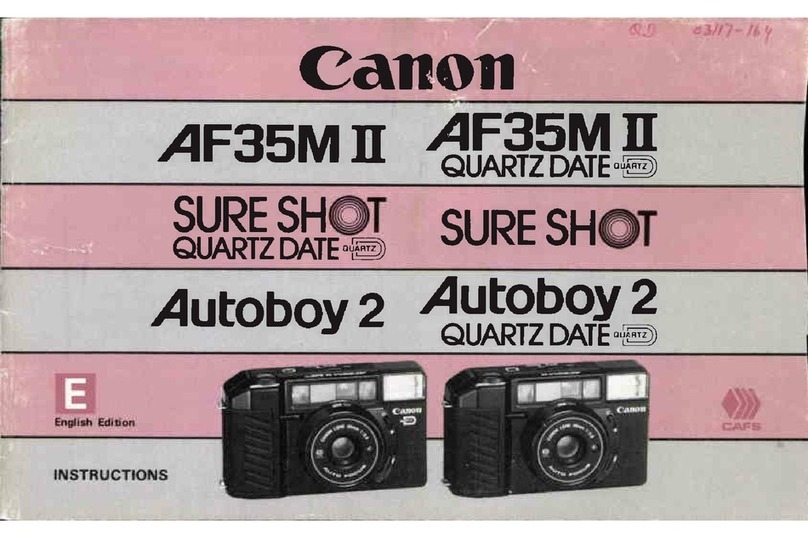
Canon
Canon AF35M II Quartz Date User manual
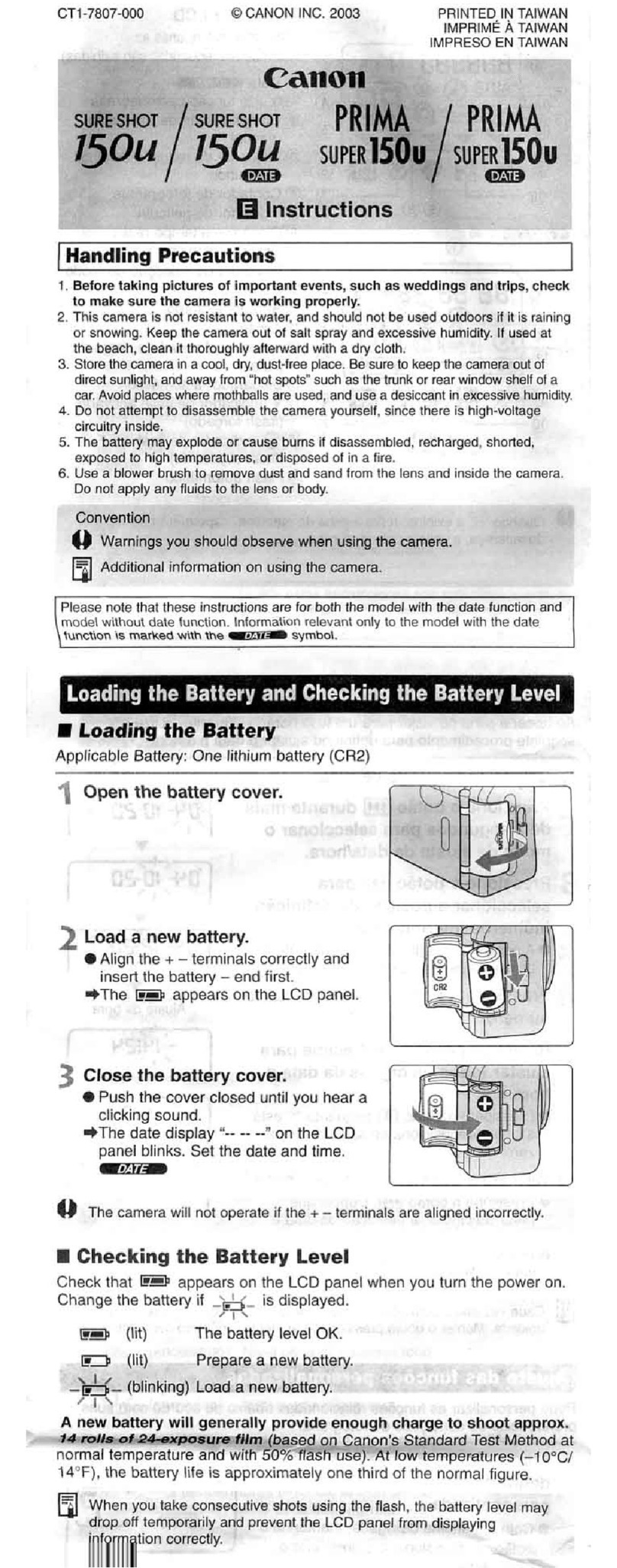
Canon
Canon Sure Shot 150u User manual
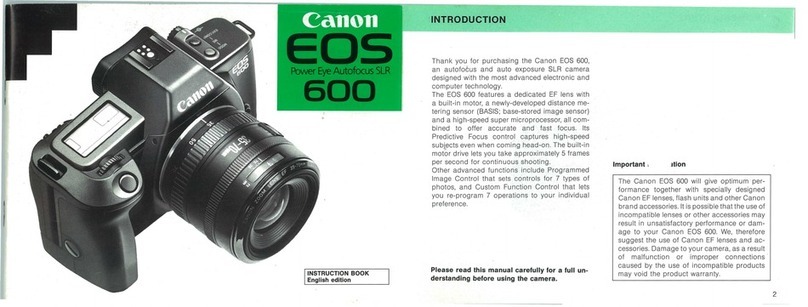
Canon
Canon EOS 600 User manual

Canon
Canon A-1 User manual
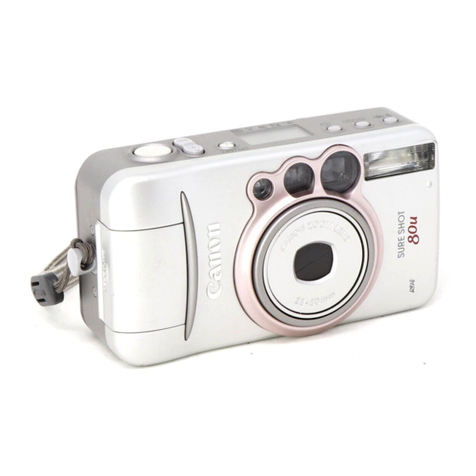
Canon
Canon 8314A005 - Sure Shot 90u Date User manual

Canon
Canon F-1 User manual

Canon
Canon 7S User manual

Canon
Canon Z135 - Sure Shot Zoom 35mm Camera User manual
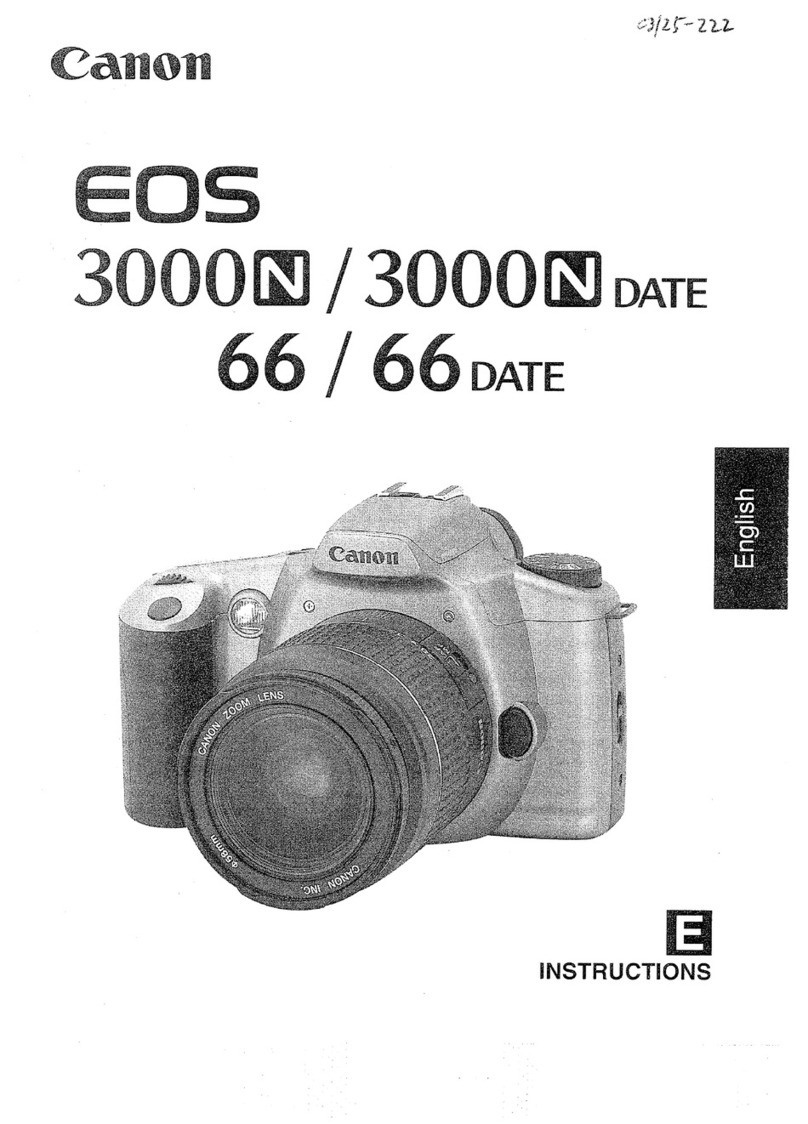
Canon
Canon EOS 66 User manual
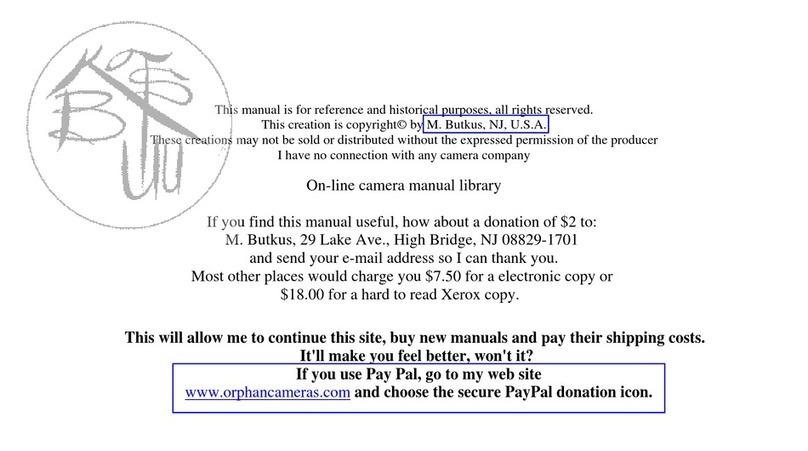
Canon
Canon POWER WINDER A2 User manual

Canon
Canon F1N Camera User manual
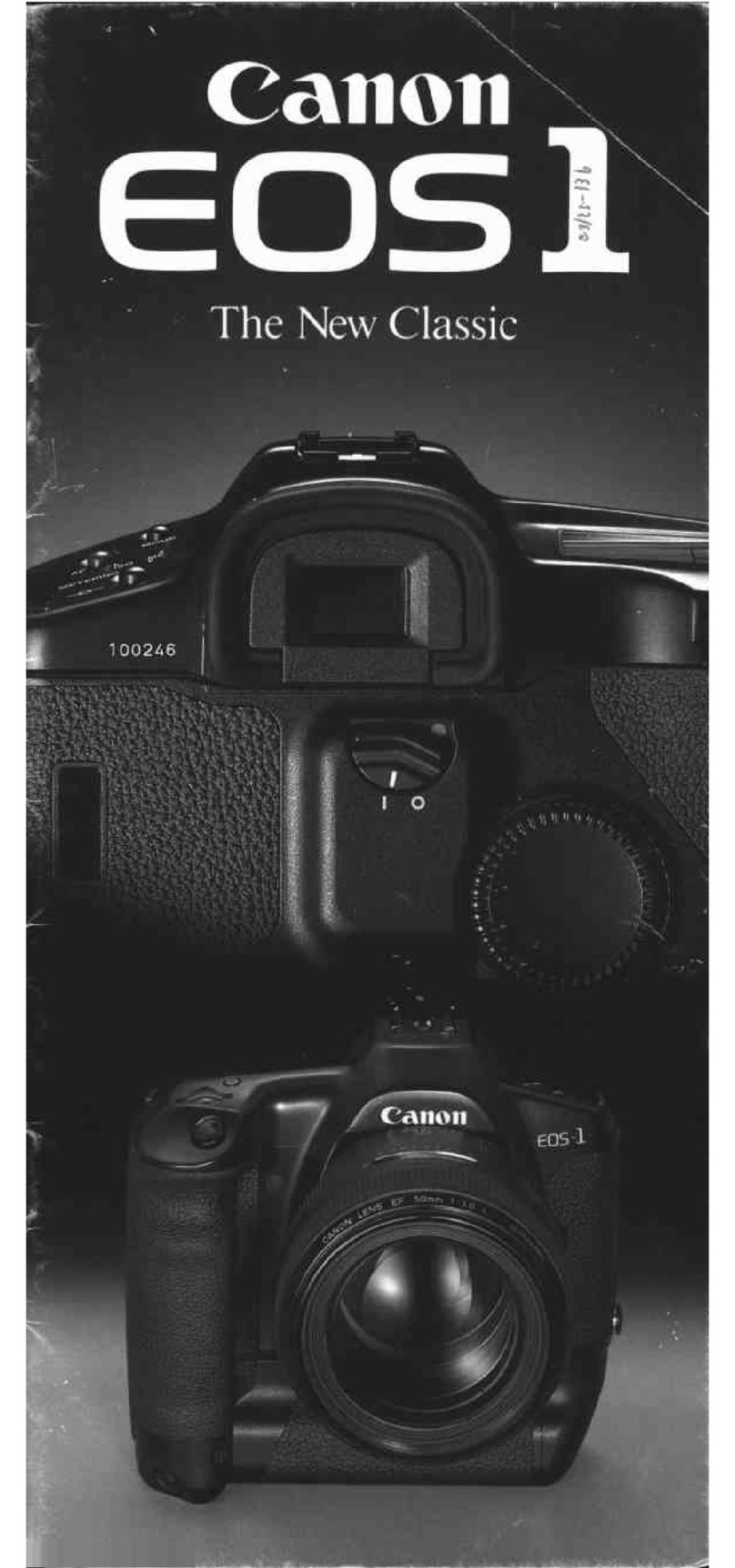
Canon
Canon EOS-1 User manual

Canon
Canon 370Z - ELPH - Camera User manual

Canon
Canon AV-1 User manual

Canon
Canon Prima AF-8 User manual

